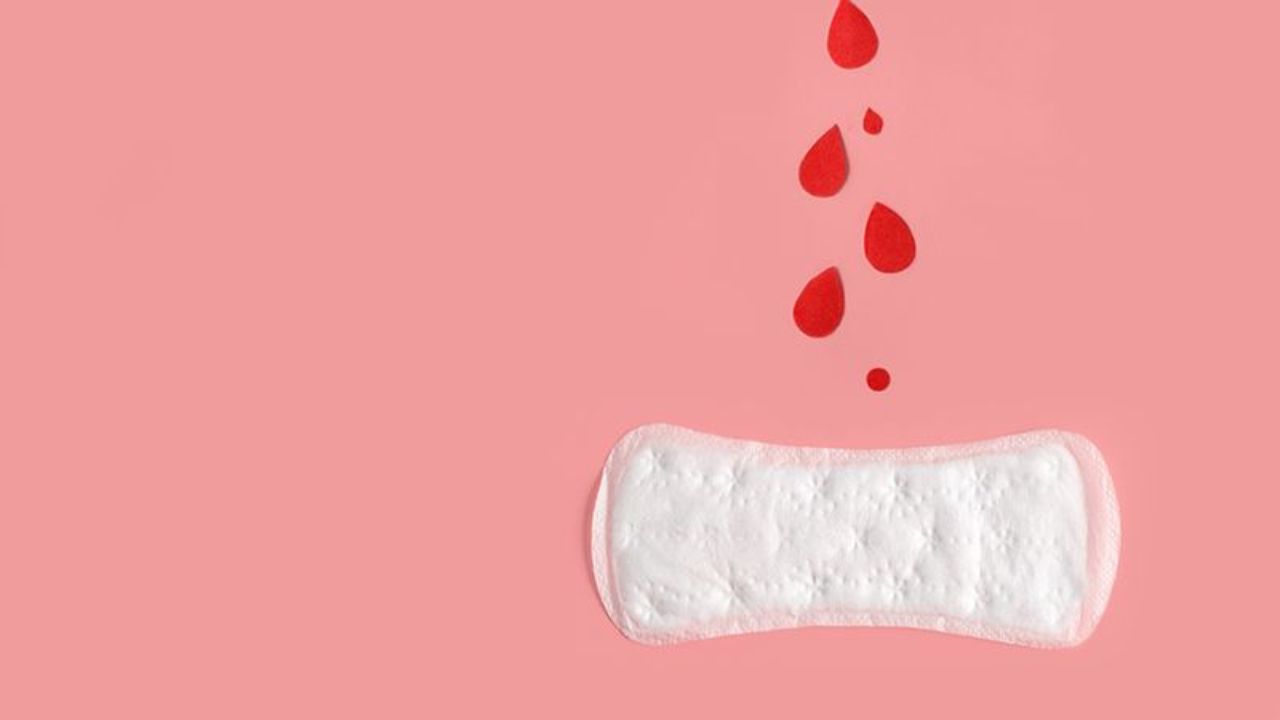Delve into the lesser-known consequences of this ancient Ayurvedic practice and discover how to sidestep potential pitfalls.
Oil pulling, a revered practice in Ayurvedic tradition, involves swishing oil around the mouth for several minutes as a method to enhance oral health. Despite its acclaimed benefits, there’s a shroud of controversy surrounding the technique, especially considering its potential drawbacks.
So, what’s stirring the scepticism within the medical community? What sort of ramifications are healthcare professionals warning us about? In this exploration, we’ll unveil the potential pitfalls of oil pulling and guide you through the correct way to practise it, thereby minimising any associated risks. Let’s dive in!
Demystifying Oil Pulling: A Fusion of Ancient Wisdom and Modern Practice
Oil pulling, a gem from the treasure trove of Ayurveda, has made waves as an adjunct therapy in the realm of contemporary alternative medicine.
The process involves a simple yet intriguing ritual of swishing edible oil in the mouth for 5-10 minutes, followed by spitting it out.
Proponents of Ayurveda tout oil pulling as a cure-all for a spectrum of ailments, from minor headaches and sinus issues to more severe conditions like gingivitis, bad breath, migraines, gum inflammation, diabetes, and even asthma. However, as with many traditional health practices, it’s not without its perils. While adverse effects are relatively rare, they can pose significant health risks if overlooked. Let’s peel back the layers and understand these concerns in depth.
Navigating the Pitfalls of Oil Pulling: Understanding the Risks
Despite its wide acclaim, oil pulling isn’t without its hazards. It’s vital to be aware of these potential risks to make informed decisions about your health regimen.
The Threat of Lipoid Pneumonia: A Cautionary Tale
Lipoid pneumonia emerges as a significant concern in oil pulling. This lung condition arises from accidentally inhaling or ingesting oil. Imagine this: as you swish oil around your mouth, a slip in concentration might lead to the oil seeping into your airways and lungs. If this oil, now potentially laden with oral microbes and toxins, finds its way into your respiratory system, it could trigger lipoid pneumonia.
Instances of non-smokers and ex-smokers who regularly practised sesame oil pulling have reported experiencing breathlessness and persistent dry coughs. These symptoms point towards the potential for developing exogenous lipoid pneumonia, particularly if oil pulling isn’t performed with care.
Digestive Discomfort and Nausea: A Balancing Act
For some, this practice can upset the stomach, leading to nausea or diarrhoea. The act of gargling substantial amounts of dense oils like coconut can induce feelings of nausea and even dizziness. Accidentally swallowing these oils can disrupt your digestive system, potentially resulting in prolonged digestion issues, fatigue, dehydration, and even compromised immunity. Moreover, such disturbances can have a knock-on effect on your skin health.
The Hidden Risk of Heavy Metal Poisoning
While Ayurvedic medicines have garnered accolades for their efficacy, there’s a dark side to consider. Certain Ayurvedic preparations have been found to contain traces of heavy metals like lead, mercury, and arsenic. These can lead to heavy metal poisoning, a serious health concern often linked to the use of Ayurvedic Herbal Medicine Products (HMPs).
Researchers, including those from prestigious institutions like Harvard Medical School, advocate for mandatory heavy metal testing of all Ayurvedic products. Given oil pulling’s roots in Ayurveda, the products used in this practice might also harbour these hazardous elements. However, traditional Ayurvedic practitioners stress that their products are safe, claiming that a stringent purification process is applied before any herbal medicine is used.
Why, Despite These Risks, Does Oil Pulling Remain Popular?
These risks might sound alarming, but oil pulling continues to have a loyal following. Could it be because there are effective ways to sidestep these side effects?
Mastering the Art of Oil Pulling: Tips to Bypass Its Potential Pitfalls
To harness the benefits of oil pulling while steering clear of its side effects, it’s essential to adopt the correct technique. Here’s a step-by-step guide to doing it right:
Begin with Oral Hygiene Basics
Kickstart your day by brushing your teeth as usual, focusing on removing any plaque build-up. Don’t forget to give your tongue a good clean and rinse your mouth well.
Choose Your Oil Wisely
Opt for about 10 ml of sesame, coconut, or sunflower oil. Tilt your chin up slightly to help the oil disperse evenly inside your mouth.
Engage Your Tongue and Jaw
Use your tongue to work the oil into the nooks and crannies of your mouth – around your teeth, gums, and palate. Simulate a gentle chewing motion with your jaws to aid this process.
Time It Right
Keep this up for 5-10 minutes. You’ll notice the oil’s texture becoming thinner and more watery. This is your cue to spit it out.
Spit, Don’t Swallow
Crucially, do not swallow the oil. If you accidentally ingest a small amount, it’s likely to be naturally expelled through urine or stools. However, if you suspect you’ve swallowed a substantial amount, seek medical advice immediately.
Finish with a Rinse
After spitting out the oil, rinse your mouth thoroughly with tap water and wait for about 15-20 minutes before eating or drinking anything.
Precautions to Remember:
- Age Matters: Oil pulling is not recommended for children under the age of 5.
- Allergies Count: If you’re allergic to the oil you’re using, switch to a different type or stop the practice altogether.
- Technique Check: If the oil doesn’t become thin and whitish, your technique might need tweaking. It’s best to learn oil pulling under the guidance of an experienced practitioner or seek medical advice to perfect your method.
Reflecting on the Risks and Rewards
Oil pulling boasts several benefits, but it’s crucial to be mindful of its risks like lipid pneumonia, nausea, stomach upset, and the potential for heavy metal poisoning. These can be mitigated by following the right technique, such as moving your jaws in a chewing motion and thoroughly rinsing after spitting out the oil. Awaiting a short period before eating or drinking post-oil pulling is also advisable.
A Word of Caution
If you’ve been advised against brushing your teeth for any reason, it might be best to avoid oil pulling altogether. Incorrect practice can trigger nausea, diarrhea, or allergic reactions, and the severity of these side effects is still under study.
Join the Conversation
Got thoughts or questions about oil pulling? We’re eager to hear from you! Drop your insights and inquiries in the comment section below. Remember, not everything from the past is a panacea – it’s all about striking the right balance!
Frequently Asked Questions About Oil Pulling: Demystifying the Practice
Is it advisable to do oil pulling every day?
Absolutely! Daily oil pulling can be a boon for your oral health. It’s known to help maintain cleanliness in the mouth, reduce unpleasant breath, and even assist in controlling tooth decay.
Should I brush my teeth after oil pulling?
Indeed, it’s a wise move to brush your teeth post oil pulling. This step is crucial as it ensures the complete removal of any residual oil, toxins, and leftover food particles, thereby bolstering your oral hygiene routine.
How quickly can I expect to see results from oil pulling?
Patience is key with oil pulling. Typically, you might start noticing its positive effects after about 2-3 months of consistent daily practice. Remember, it’s more of a marathon than a sprint when it comes to reaping its benefits.
Is it effective to do oil pulling at night?
While oil pulling can be performed at night, you’re likely to get the most out of this practice if you do it in the morning. That’s when it’s most effective in offering its myriad benefits, especially in terms of refreshing your mouth and setting a clean, healthy tone for your day.






